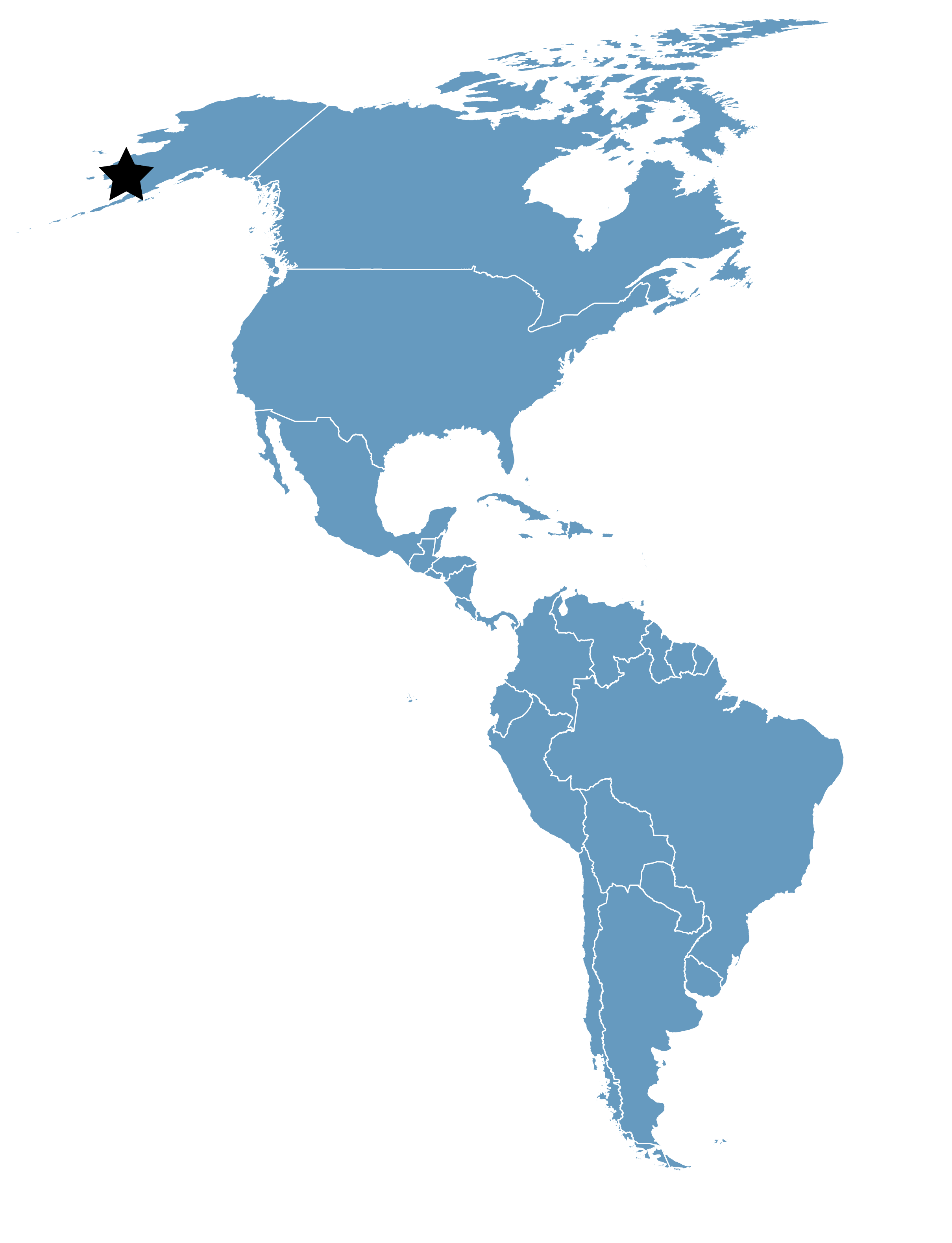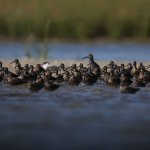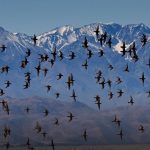Nushagak Bay
Location
Alaska, United States
Category
Regional
Basis for Designation
Hosts an estimated 60,000 shorebirds during post-breeding, migration, and staging.
Size
108,500 hectares (268,109 acres)
Date Designated
March 2000
Site Owner
U.S. Fish and Wildlife Service (Togiak National Wildlife Refuge)
U.S. Bureau of Land Management – Anchorage District
Alaska Department of Natural Resources
Native Corporations/Villages/Boroughs: Bristol Bay Borough, Bristol Bay Native Association, Bristol Bay Native Corporation, Choggiung Limited, City of Dillingham, Clarks Point Traditional Council, Manokotak Traditional Council
Site Partners
U.S. Fish and Wildlife Service – Nongame Migratory Bird Management
U.S. Geological Survey – Biological Resources Division
Overview
The Nushagak Bay WHRSN Site encompasses 108,500 hectares of marine, intertidal, and estuarial habitat within Southwestern Alaska’s greater Bristol Bay region. This shorebird reserve extends south down Nushagak Bay from the Town of Dillingham to Cape Constantine and Etolin Point, where it adjoins the Kvichack Bay WHRSN site.
Nushagak Bay is an important staging and stopover site for dozens of migratory shorebird and waterfowl species, and it contains one of the largest and most pristine sockeye salmon fisheries in the world. Previous surveys suggest the highest density of shorebirds occur along the mud bays and tidal estuaries of the Nushagak Peninsula, where post-breeding aggregations of 20,000-plus birds have been counted. A total of 33 species have been seen along the lower mudflats of the Snake and Igushik Rivers, Ten Day Creek, Protection Point, Coffee Point, and Nichols Spit.
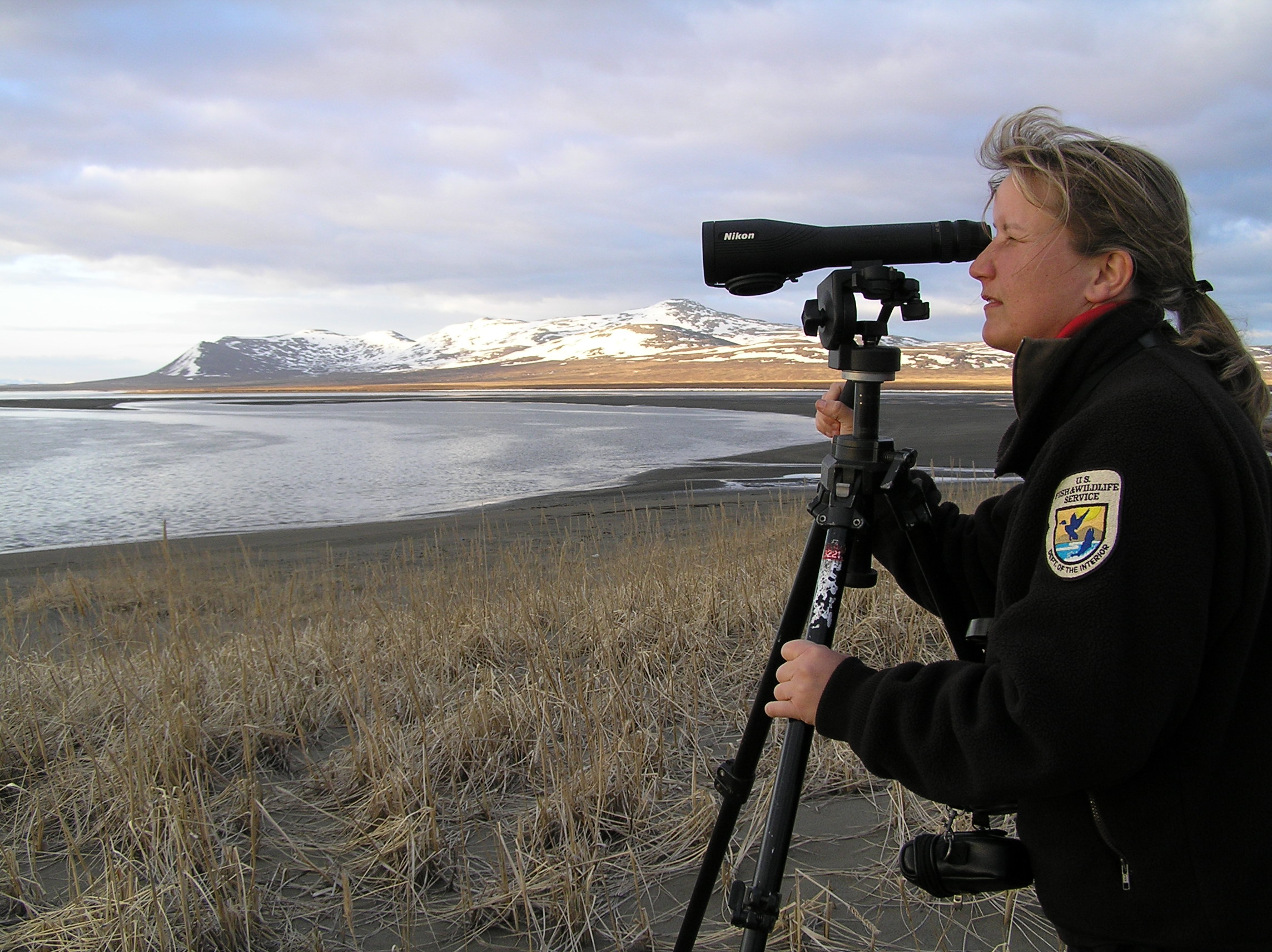
Birdwatching on Togiak National Wildlife Refuge.
Post-breeding aggregations are predominantly comprised of Dunlin and Western Sandpipers, although Rock, Least, and Semipalmated Sandpipers, Greater Yellowlegs, Semipalmated Plovers, and Short-billed Dowitchers are also common. Other notable species include the Whimbrel, Bristle-thighed Curlew, Pacific Golden-Plover, Black-bellied Plover, Ruddy Turnstone, Black Turnstone, Surfbird, Spotted Sandpiper, and the Hudsonian and Bar-tailed Godwit. Most of these birds are long-distance migrants that visit the area seasonally to replenish their energy reserves while migrating between their nesting and wintering grounds along the Pacific and East-Asian/Australasian flyways.
Current threats to the site include offshore drilling and oil spills. Lands within the Togiak National Wildlife Refuge are managed for the benefit of fish and wildlife resources and other compatible uses in accordance with the National Wildlife Refuge System Administration Act (1996) and the Alaska National Interest Lands Conservation Act (1980).
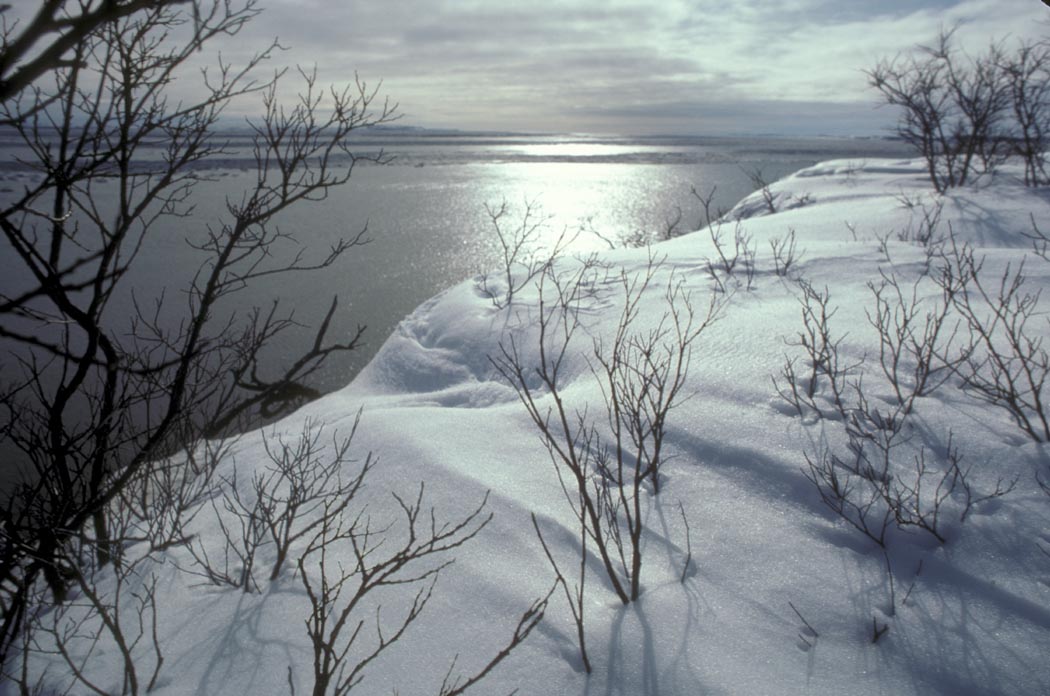
Shore of Nushagak Bay. Photo: Jo Goldmann.




